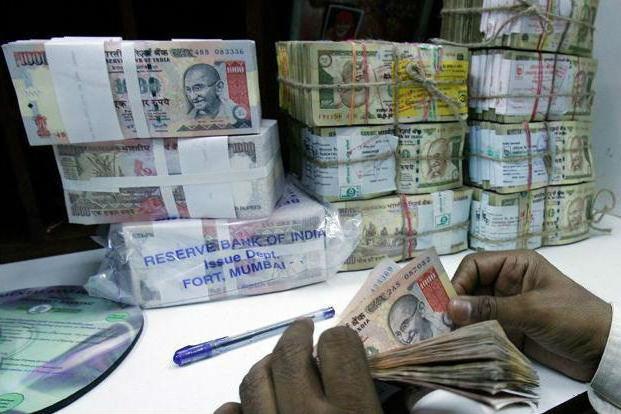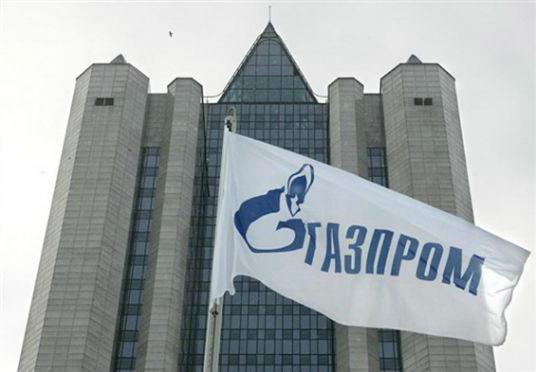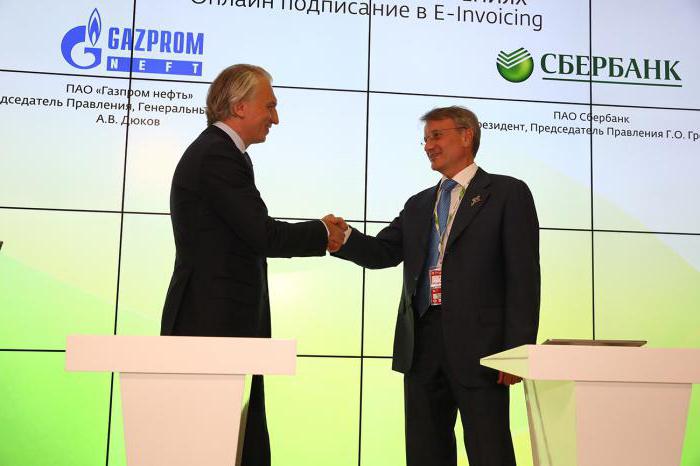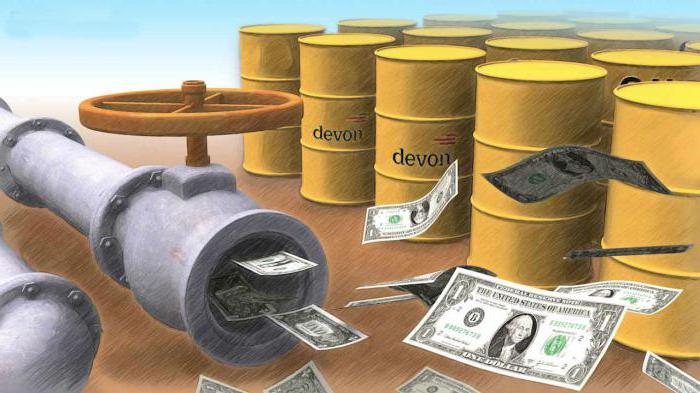Modern realities of the economic situation lead to the fact that companies, in order to survive, try to use as many assets as possible. Regardless of what the company is engaged in, it is sure to insure itself with one or more other types of activities, branches or subsidiaries.
Non-core and core assets can not only make a profit, but also exist to ensure the social needs of the population. It all depends on what goals the company pursues and what are its strategic intentions.

Differences between core and non-core assets
The profile of assets depends primarily on the company's strategy. If the assets bring results that help to realize the main goals of the company, then they will be considered core. They participate in the production and marketing of products, are responsible for the supply of raw materials, etc.
Non-core assets exist on the balance sheet of the company, but are not responsible for the implementation of strategies. They are considered secondary and help to obtain a financial result, but they do not affect the core business. So, for example, a bank’s core assets will be associated with the sale and implementation of banking products, and non-core assets will be associated with construction sites for future buildings or shares from participation in other capital.

Signs of non-core assets
In the economic activities of the enterprise, the following situation often occurs. Surplus assets that are not critical to the core business, draw on a significant portion of the resources, while not generating income. And in another case, the potential of dormant assets is very high, but the owner simply does not have enough time for it. What to do in such situations? Consider an asset profile or try to reorganize it? Restructuring is subject to mandatory assets that meet the following criteria:
- Owner or manager due to employment cannot pay attention to them.
- Assets are completely unrelated to the main activity.
- Large amounts of investments are required in order for non-core objects to start generating income.
- The cost of a non-core asset is higher than the price of a similar object in the market.
If these questions were answered positively, then you need to think about how to restructure non-core assets so as to change the situation. If this is not possible, it will be more rational to get rid of them. Selling non-core assets can bring significant benefits.

Benefits
No wonder many large companies are trying to attract as many non-core assets as possible. This is due to a number of advantages.
First of all, the sale of non-core assets almost always generates income. Even if it is small, it will significantly affect the final financial result. There are several forms of ownership when social goals are pursued without generating income, but in such cases the state can count on tax benefits. In all cases, non-core assets bring a positive result.
Secondly, the costs of the enterprise on the main production are reduced. Due to differentiated activities, expenses per unit of a core asset are reduced, and this also affects the final result and the overall profitability of the company.
The higher the profitability, the greater the investment attractiveness of the company. This is the third advantage.The greater the financial income, the greater the chances to improve and modernize production, increase labor productivity and improve conditions for employees.
And the fourth advantage that the sale of non-core assets brings is that the company can better focus on the resources necessary to achieve the main strategic goals.
Types of non-core assets
All those assets that are not related to the core business can be divided into two main groups by expert means:
The first category includes excess assets, which represent the real ballast for the company. In the process of economic activity, they can not always be noticed, but as soon as a full audit or any reorganization is carried out, they emerge. It may turn out that the assets have been on the balance sheet for many years, but they really do not bring any result, and the costs of the company to maintain them only increase every year.
As a rule, there are several ways of what to do with such ballast. They can be transferred to the main activity and used to obtain financial results. Thus, non-core assets will turn into core ones.
The second way is the transfer to rent or under the control of another entity. It can even be its own branch. If non-core assets are completely in the way or there is no need for them, they can be sold. 
Investment assets
The second category of non-core assets can be called investment. They are specially bought by owners, investors or credit companies and immediately enter the balance sheet as non-core assets. The acquisition of each of them is a separate project, and a separate strategy is being developed for its implementation.
Investment assets have become an integral part of large business in our country. Any self-respecting company, bank, holding, etc. simply must support others. Surplus assets for them do not represent a particular burden. Here are some examples.
"Gazprom"
It's no secret that the largest company in the country implements many projects. All of them are collected in the so-called media holding. Its name is Gazprom Media. It includes many facilities, including several radio stations: Ekho-Moskvy, CITI-FM, Relax-FM, and Children's Radio.
The Seven Days Publishing House is also the brainchild of Gazprom. The company is responsible for issuing periodicals and magazines: Itogi, 7 Days, Tribune, Panorama TV. This also includes several television magazines, such as "Caravan of stories."
On television, Gazprom Media also occupied its niche. Projects are being successfully implemented by the NTV-Kino film company, and the Oktyabr and Crystal Palace cinemas are supported. And the Internet portal RuTube is in full control of the Russian giant.
Gazprom also created the non-state pension fund GAZFOND, which is one of the main owners of the bank OJSC Gazprombank. Here the giant owns 41.73% of the shares. 
Non-core assets of Sberbank
The crisis of 2008 benefited the country's main bank. At that time, a lot of objects that became non-core assets came to the balance of Sberbank. Among them are residential and non-residential real estate, a whole retail network and a share in the oil and gas sector.
But a huge number of objects required constant support and financial investments. As a result, the main bank of the country became a debtor and almost went bankrupt. The company management considered it right to sell all non-core assets of Sberbank, which happened in 2010.
In 2009, Sberbank created the “Russian Auction House”, the main activity of which was the sale of non-core assets and property left from borrowers. The auction house is successfully working now, implementing projects of other financial companies.
Today, Sberbank is the founder and co-owner of many subsidiaries engaged in various financial services. 
Russian Railways
The largest transport company took part in many financial projects. First of all, it is a co-owner of KIT Finance, where Russian Railways owns 19.29% of the shares. The bank was founded in 1992 and has been successfully operating to date, selling services for legal entities, and is engaged in corporate lending and servicing individuals.
Another bank founded in 1992 with the support of Russian Railways is TransCreditBank OJSC. Here the proportion is higher - 25%. To this day, a financial institution serves the transport system and related industries.
All Russian Railways employees receive a pension and make contributions to the non-governmental Welfare Fund. Over a decade of work, the foundation has proven that it can be trusted.
But the largest investment of Russian Railways is participation in the project of Mostotrest OJSC. This is the largest transport infrastructure construction company in Russia.
OJSC "VTB"
Since 2009, the largest Russian bank owns the company PJSC "Hals-Development". This is the first development company in Russia, which is engaged in the construction of residential and non-residential complexes.
The construction record was reached in 2014, when the company managed to commission more than 200 thousand square meters. meters. First of all, it is Detsky Mir in Lubyanka, a huge complex in the resort zone Kamelia (Sochi) and the elite housing quarter Literator.
But for VTB, these are not the only non-core assets. The assets of a financial institution are estimated in millions, and primarily due to ownership in the gas industry. 
Allocation of non-core assets
As can be seen from the above examples, non-core assets can both be allocated within the company and appear from the outside. If the management had the idea to acquire an additional source of income, it should analyze the following steps:
- Define asset profile.
- Analyze the profitability and performance of each of the assets.
- Conduct a market assessment.
- Highlight possible restructuring paths.
- Analyze the risks.
- Put up for sale on a competitive basis.
- To manage the selected object.
findings
Working with non-core assets is a very time-consuming process. Specialists within the company may not always have enough knowledge and skills to manage them. Therefore, the best solution in this case is to involve consulting firms. In any case, prudent and competent management of non-core assets brings good income.



